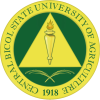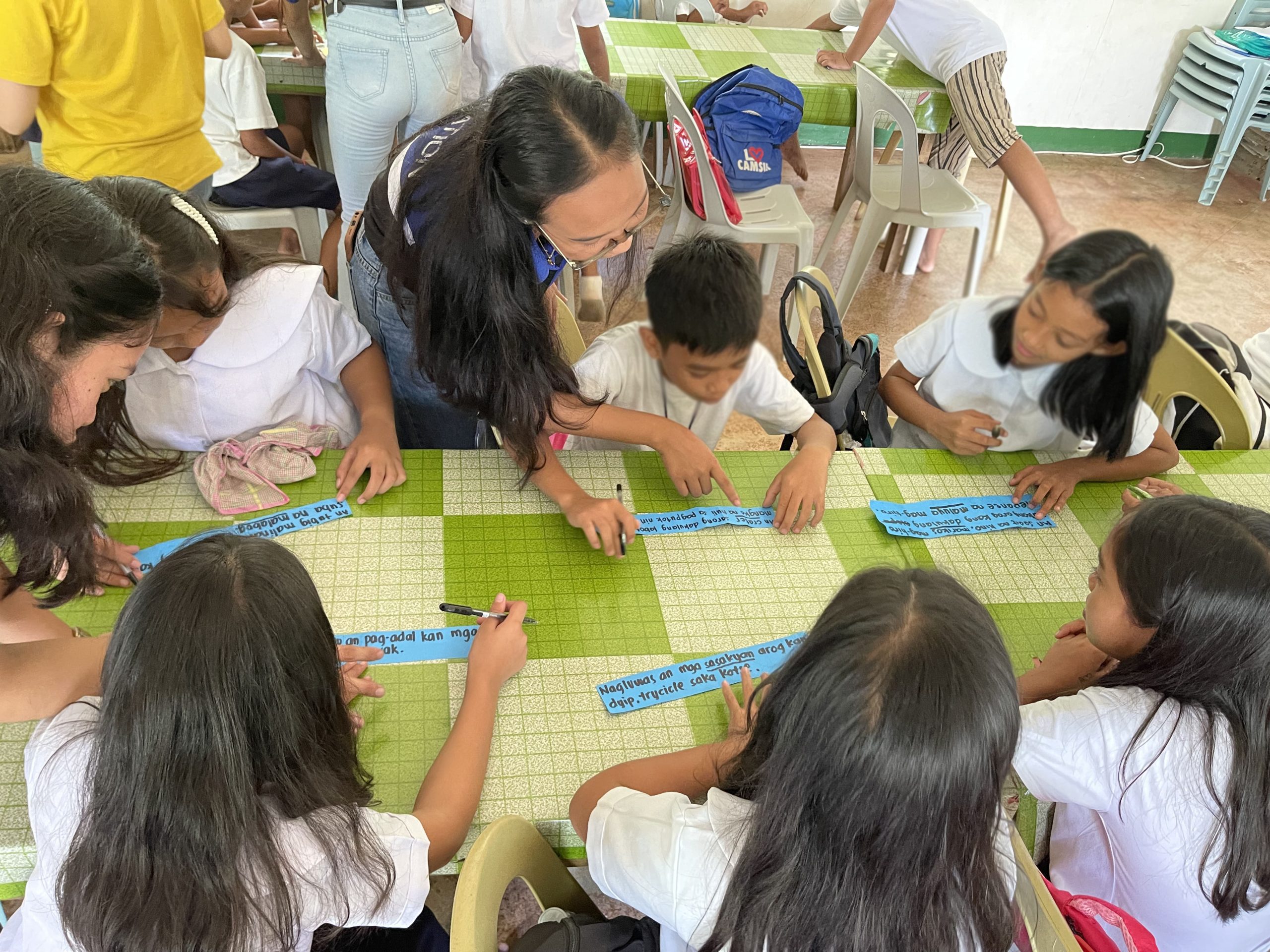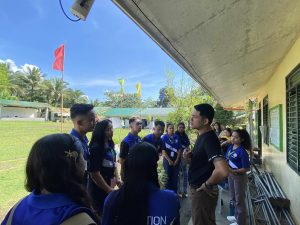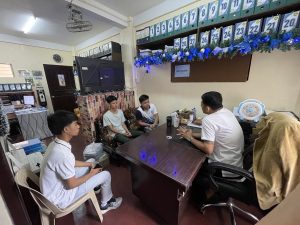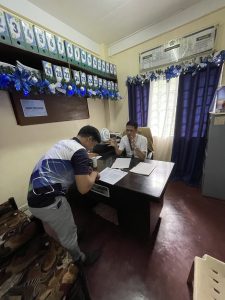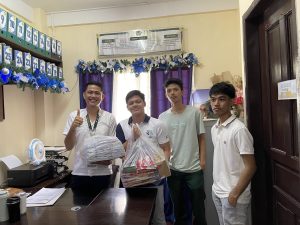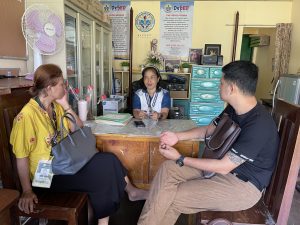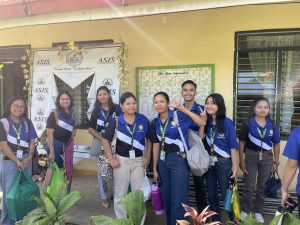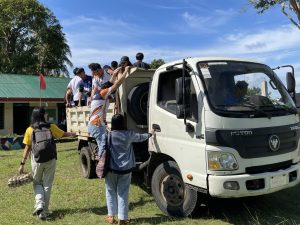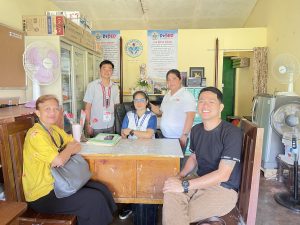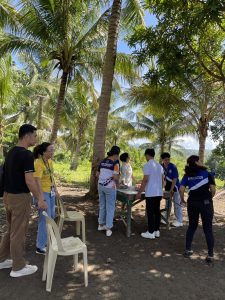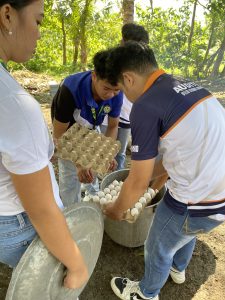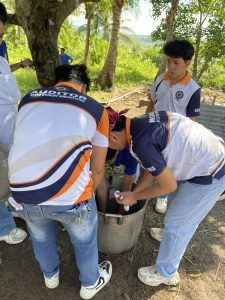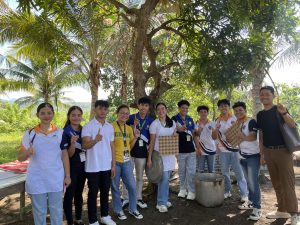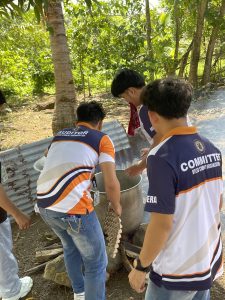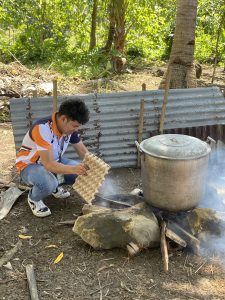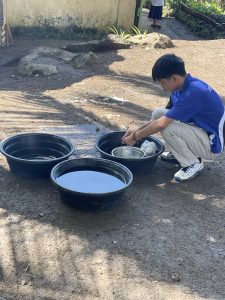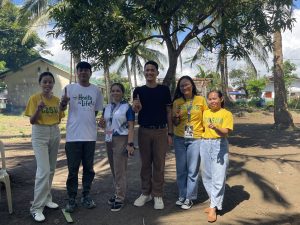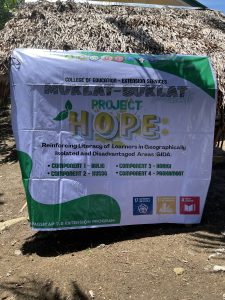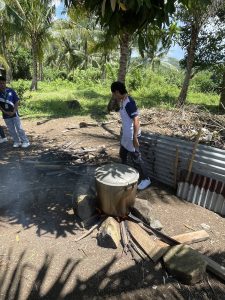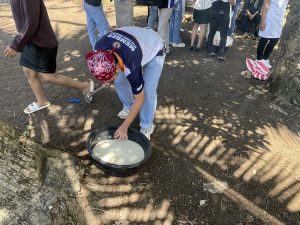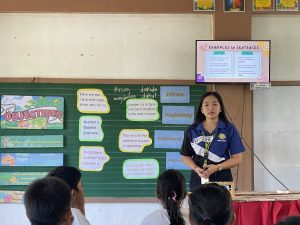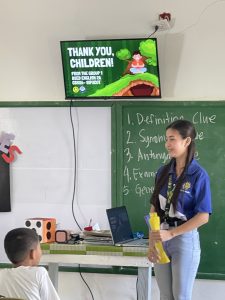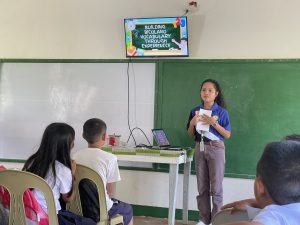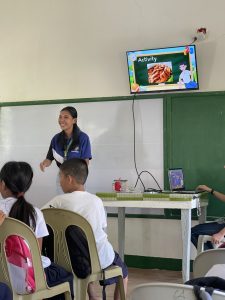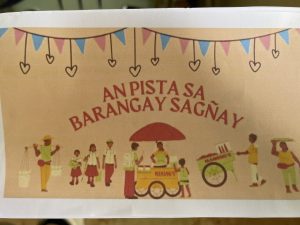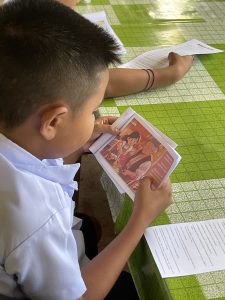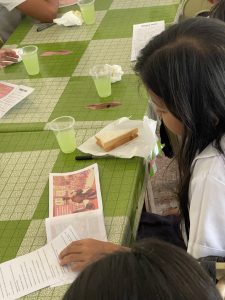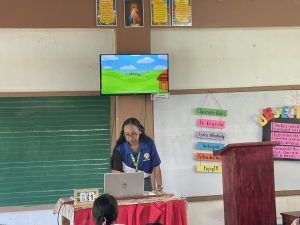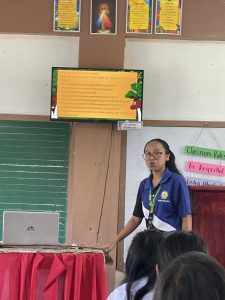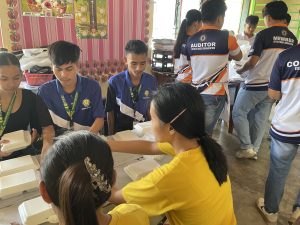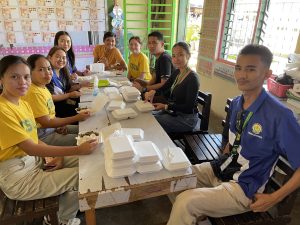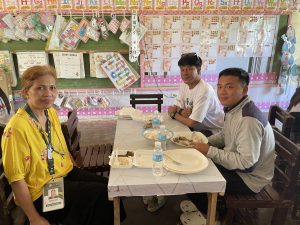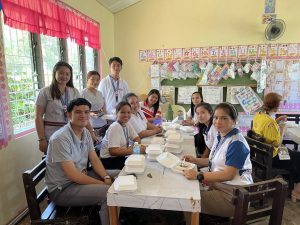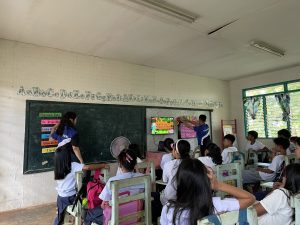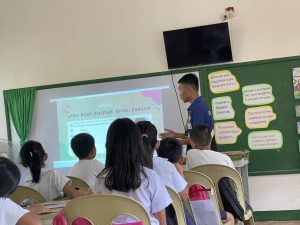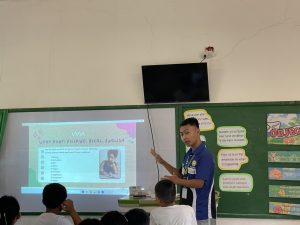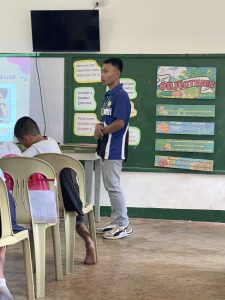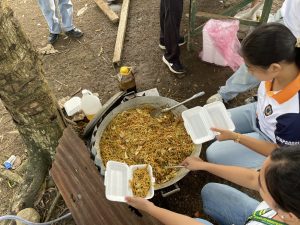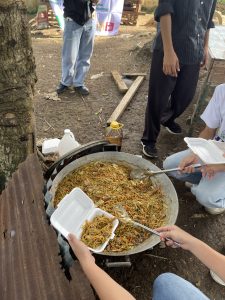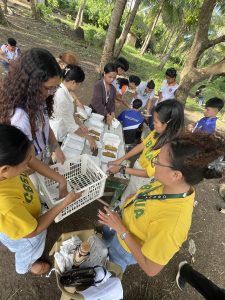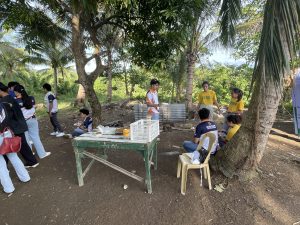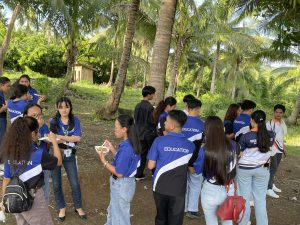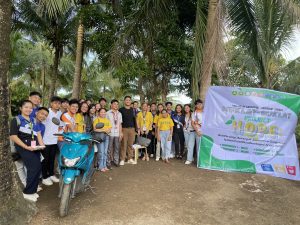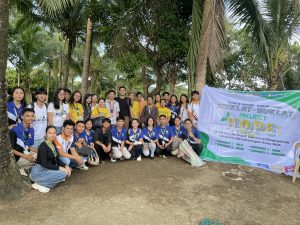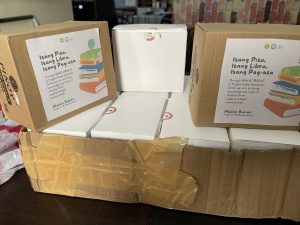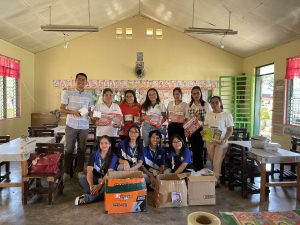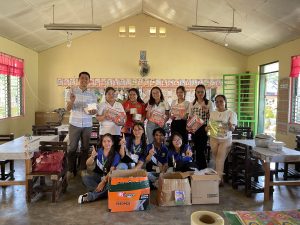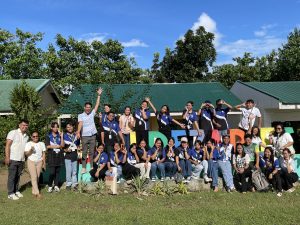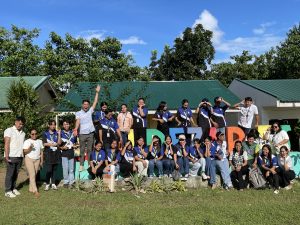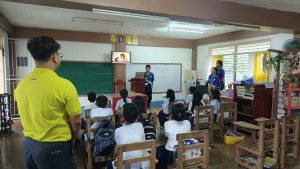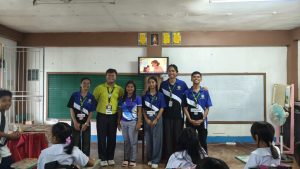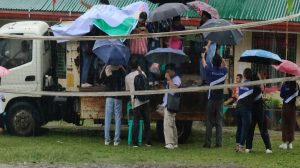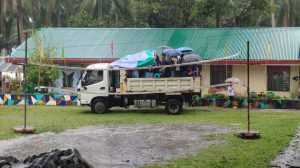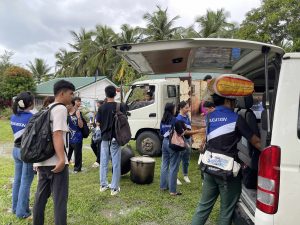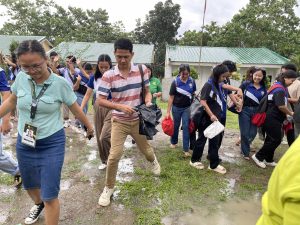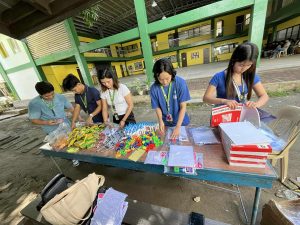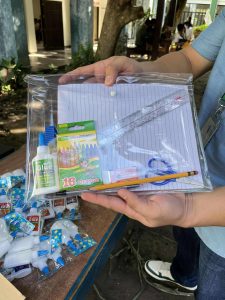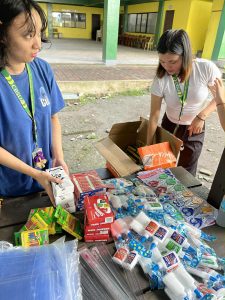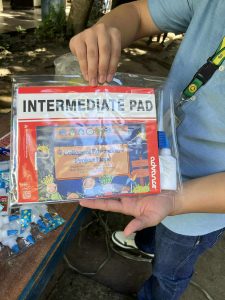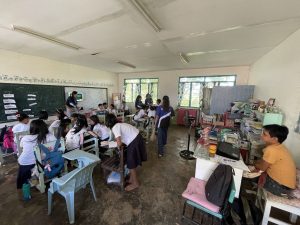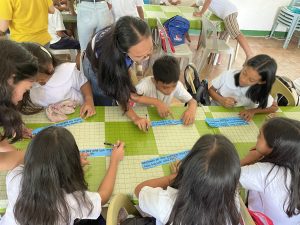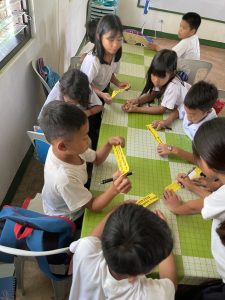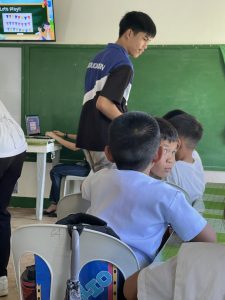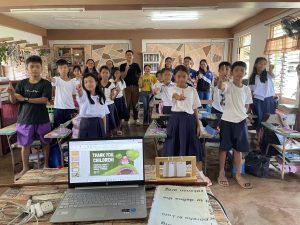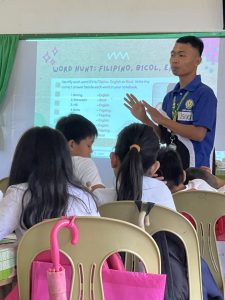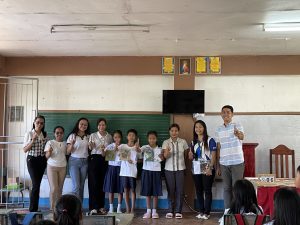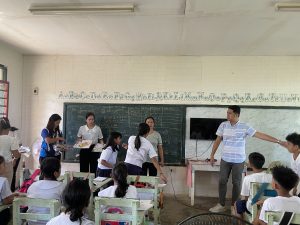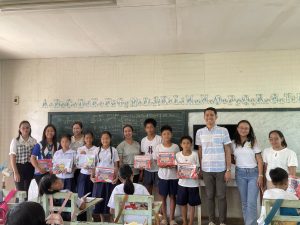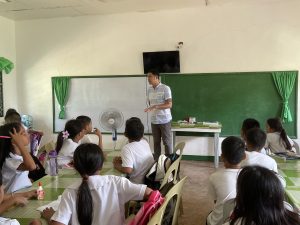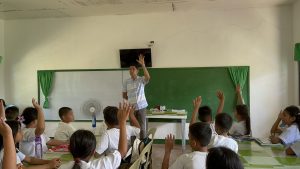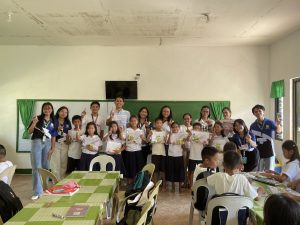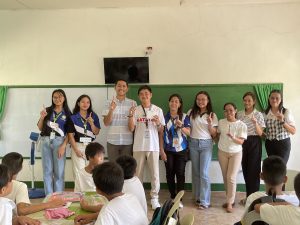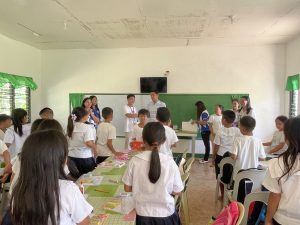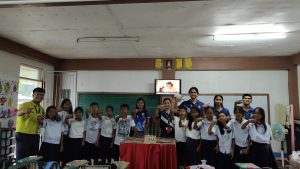In a quiet corner of Sipocot, where roads turn to soil and classrooms to hope, two programs have been quietly changing lives since early August. Aptly named Project PAGKAMOOT (love) and Project KUSOG (strength), these initiatives under the larger banner of Project HOPE —Harnessing Opportunities for People’s Empowerment —have become lifelines for children in geographically isolated and disadvantaged areas (GIDAs).
Rooted in compassion and innovation, Project PAGKAMOOT embodies its name’s very essence. It is a literacy intervention program that breathes love into learning, through stories, sounds, and the timeless power of words. Designed specifically for GIDA learners, the project uses contextualized and localized modules aligned with the Department of Education’s Most Essential Learning Competencies (MELCs).
But what makes it extraordinary is the heart that beats beneath its pages. The reading materials are based on original Bicol stories, lovingly translated into English to bridge cultures and comprehension. These stories were transformed into animated videos: vivid, engaging learning tools that make reading and writing not just accessible but enjoyable.
For many learners, it’s their first time seeing characters who speak, think, and dream like them, heroes whose worlds look like their own.
“It’s about making education feel close to home,” said one of the project facilitators. “When children see their stories come alive, learning stops being a struggle and starts becoming a celebration.”
If PAGKAMOOT is the project’s heart, KUSOG is its muscle. Translating to “strength,” Project KUSOG nourishes both mind and body through a literacy feeding program that marries education with nutrition. While children read, learn, and write, they are also served healthy, home-cooked meals, simple yet balanced dishes prepared by Bachelor of Technology and Livelihood Education (BTLEd) teachers.
These meals are more than just food on a plate. Each dish carries a story of care, creativity, and community. Teachers not only prepare but also innovate, turning local produce into nutritious meals that fuel both classroom participation and cognitive growth.
In one feeding session, the scent of freshly cooked vegetables filled the small makeshift classroom as students eagerly waited for their turn to read aloud. Between spoonfuls of warmth and laughter, they stumbled through words and sentences, but no one was left behind.
The programs may have begun in August, but their effects ripple beyond the calendar. In every smile of a child now able to read, in every teacher who sees progress beyond grades, Project HOPE continues to live up to its name.
In these GIDA communities, where challenges persist and resources remain scarce, love and strength, pagkamoot and kusog, have proven to be more than words. They are the twin pillars upon which learning stands tall, resilient, and radiant.
For CBSUA and its partners, this is not just a project. It’s a promise that no child, however far, will be left untouched by hope. | 𝘙𝘦𝘱𝘰𝘳𝘵 𝘢𝘯𝘥 𝘱𝘩𝘰𝘵𝘰𝘴 𝘧𝘳𝘰𝘮 𝘊𝘰𝘭𝘭𝘦𝘨𝘦 𝘰𝘧 𝘌𝘥𝘶𝘤𝘢𝘵𝘪𝘰𝘯, 𝘊𝘉𝘚𝘜𝘈-𝘚𝘪𝘱𝘰𝘤𝘰𝘵

